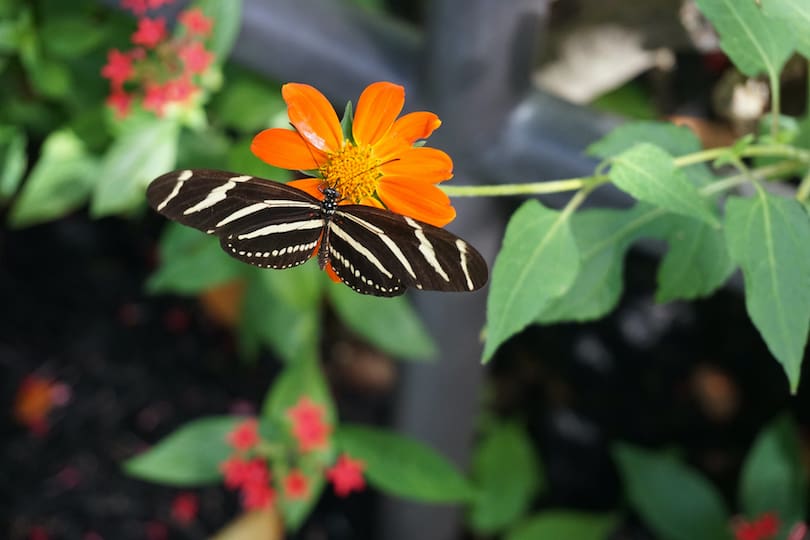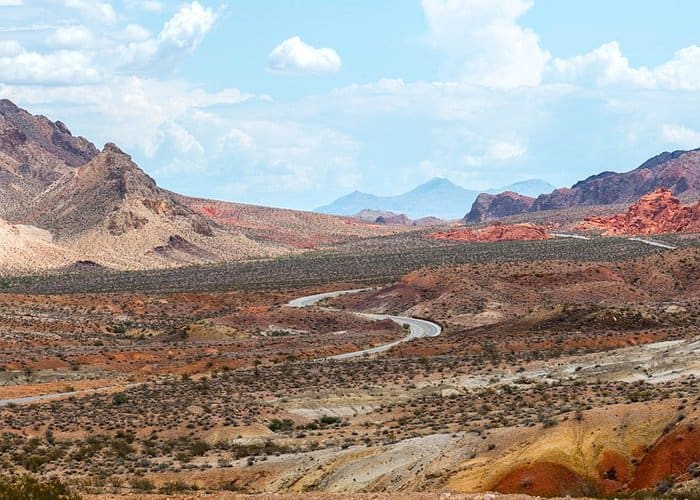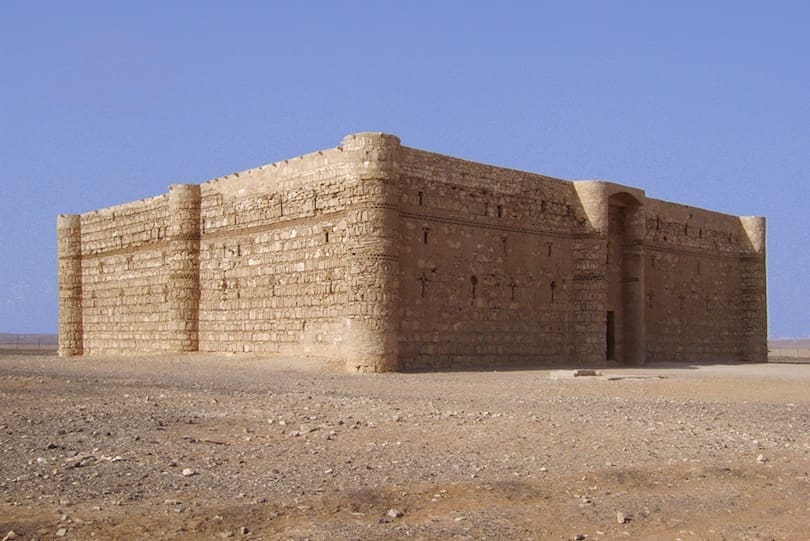The Himalayan Zoological Park in Sikkim is one of the most popular tourist attractions in the region. The park, which is spread over an area of 205 hectares, is located at an altitude of 7,000 feet above sea level. It is home to a diverse range of flora and fauna, including some rare and endangered species.
Introduction
Himalayan Zoological Park is a must-visit for wildlife enthusiasts, adventure seekers, and nature lovers. The park is situated in Bulbulay, East Sikkim and is accessible by road from Gangtok, the capital of Sikkim.
History and Background
The Himalayan Zoological Park was established in 1991 with the aim of preserving and conserving the rich biodiversity of the Eastern Himalayas. The park was set up in collaboration with the Ministry of Environment and Forests and the Government of Sikkim.
Flora and Fauna
The park is home to a diverse range of flora and fauna, including some rare and endangered species. The park boasts of more than 200 species of plants, including some medicinal plants like Rhododendrons, Oaks, Firs, and Birch. The park is also home to a wide range of animal species such as Red Panda, Snow Leopard, Himalayan Black Bear, Sambar, Barking Deer, and many more.
Highlights of the Himalayan Zoological Park
- Red Panda
- Snow Leopard
- Himalayan Black Bear
- Sambar
- Barking Deer
- Himalayan Monal
Activities to Do in the Himalayan Zoological Park
There are several activities to do in the Himalayan Zoological Park, including nature walks, trekking, and bird watching. Visitors can also enjoy a thrilling experience of seeing the animals up close in their natural habitat.
Best Time to Visit
The best time to visit the Himalayan Zoological Park is from March to May and October to December when the weather is pleasant and ideal for outdoor activities.
Entry Fee and Timings
The entry fee to the Himalayan Zoological Park is INR 25 for adults and INR 10 for children. The park is open from 9:00 am to 4:00 pm every day, except Thursdays.
How to Reach
The Himalayan Zoological Park is located at a distance of 3 km from Bulbulay, East Sikkim, and is accessible by road from Gangtok, which is located at a distance of 12 km.
Conclusion
In conclusion, the Himalayan Zoological Park is a paradise for wildlife lovers and nature enthusiasts. With its diverse range of flora and fauna and breathtaking scenery, it is an ideal destination for those who want to experience the beauty of the Eastern Himalayas.
FAQs
- Is photography allowed in the Himalayan Zoological Park? Yes, photography is allowed in the park.
- Can we see the Red Panda in the Himalayan Zoological Park? Yes, the park is home to a Red Panda breeding center, and visitors can see the Red Pandas up close.
- Are there any restaurants or cafes inside the Himalayan Zoological Park? No, there are no restaurants or cafes inside the park. Visitors are advised to carry their own food and water.
- Are there any accommodations available near the Himalayan Zoological Park? Yes, there are several accommodations available near the park, including guest houses, lodges, and hotels.
- What is the best time to visit the Himalayan Zoological Park? The best time to visit the park is from March to May and October to December.
















